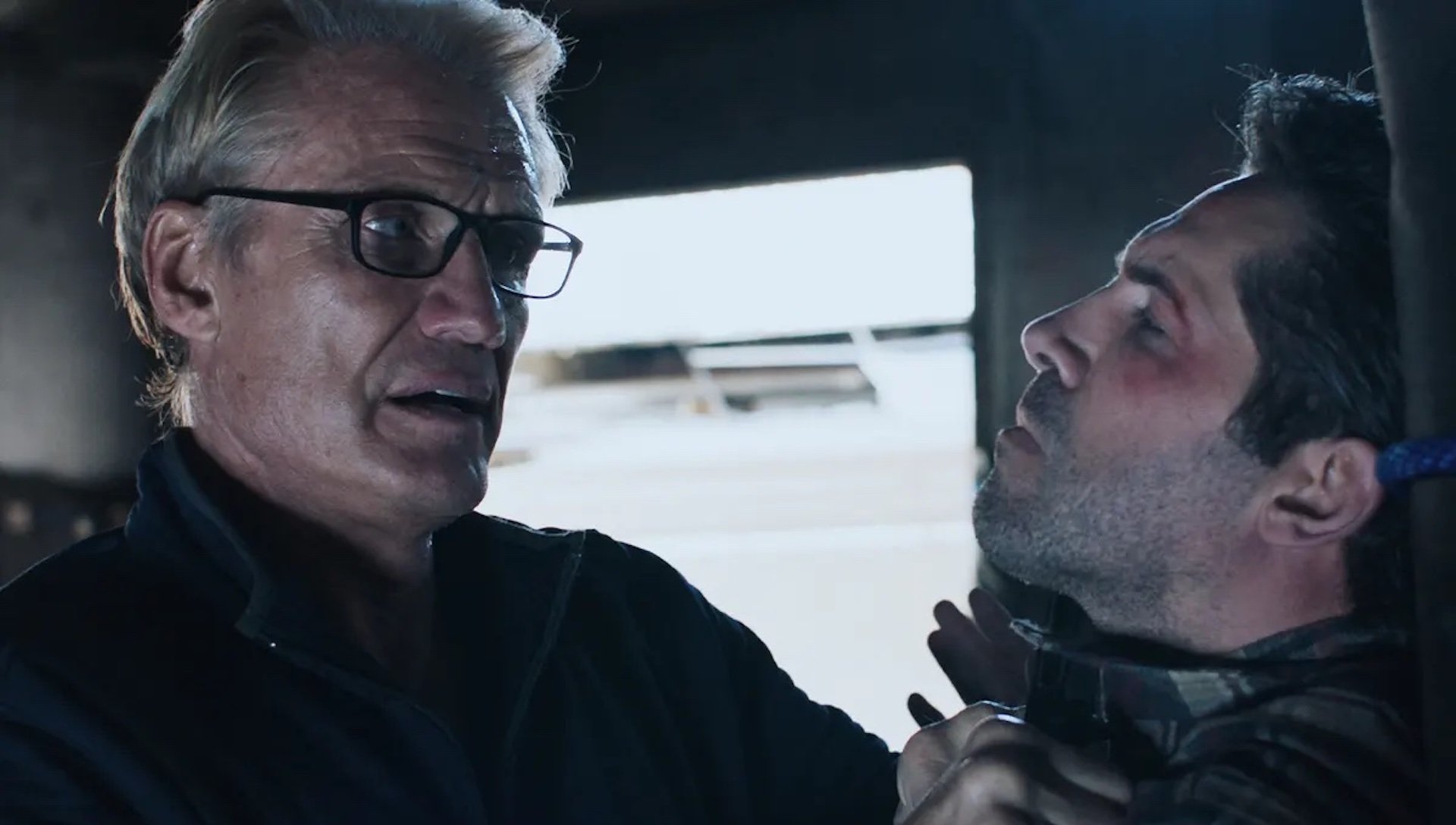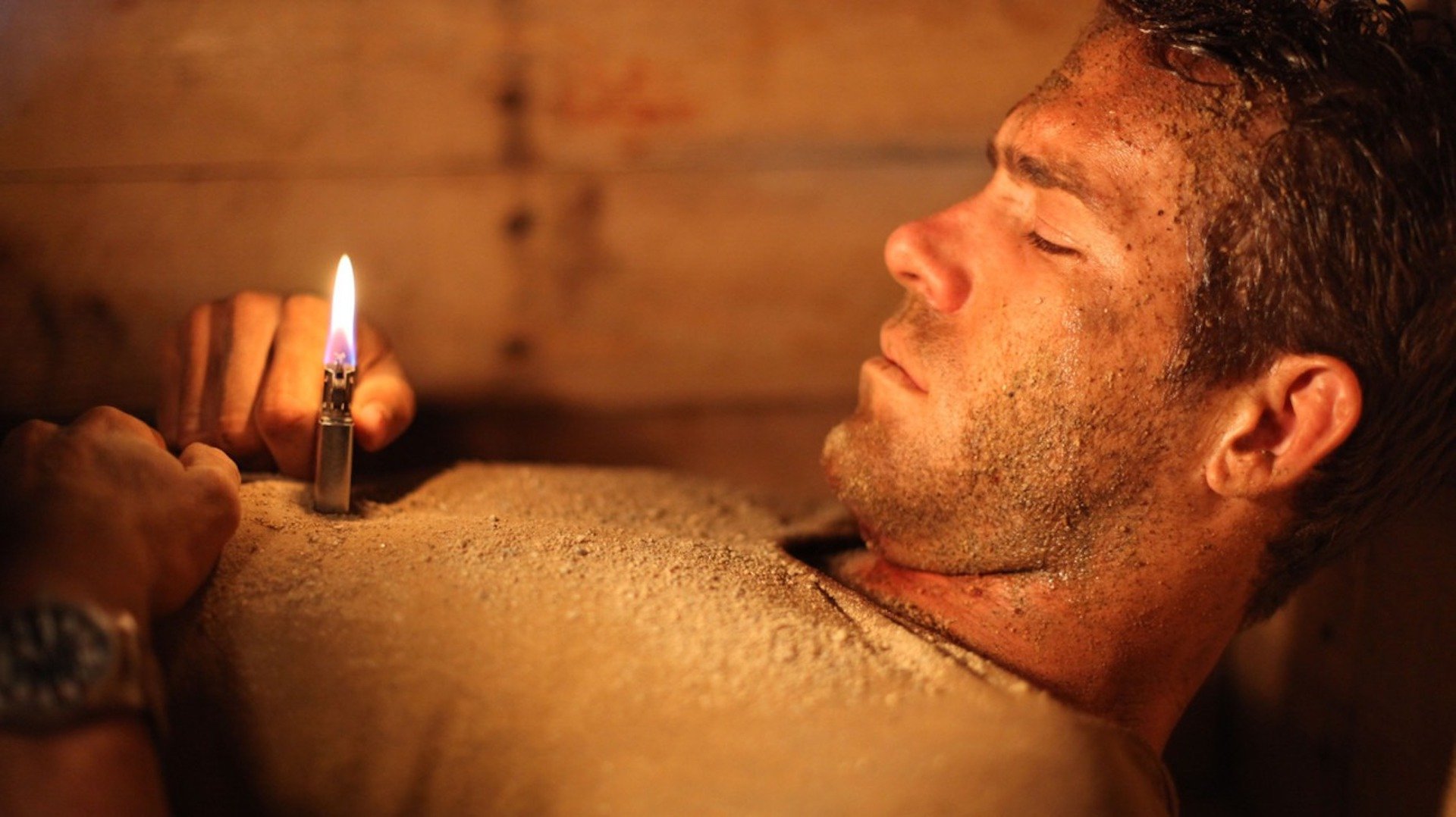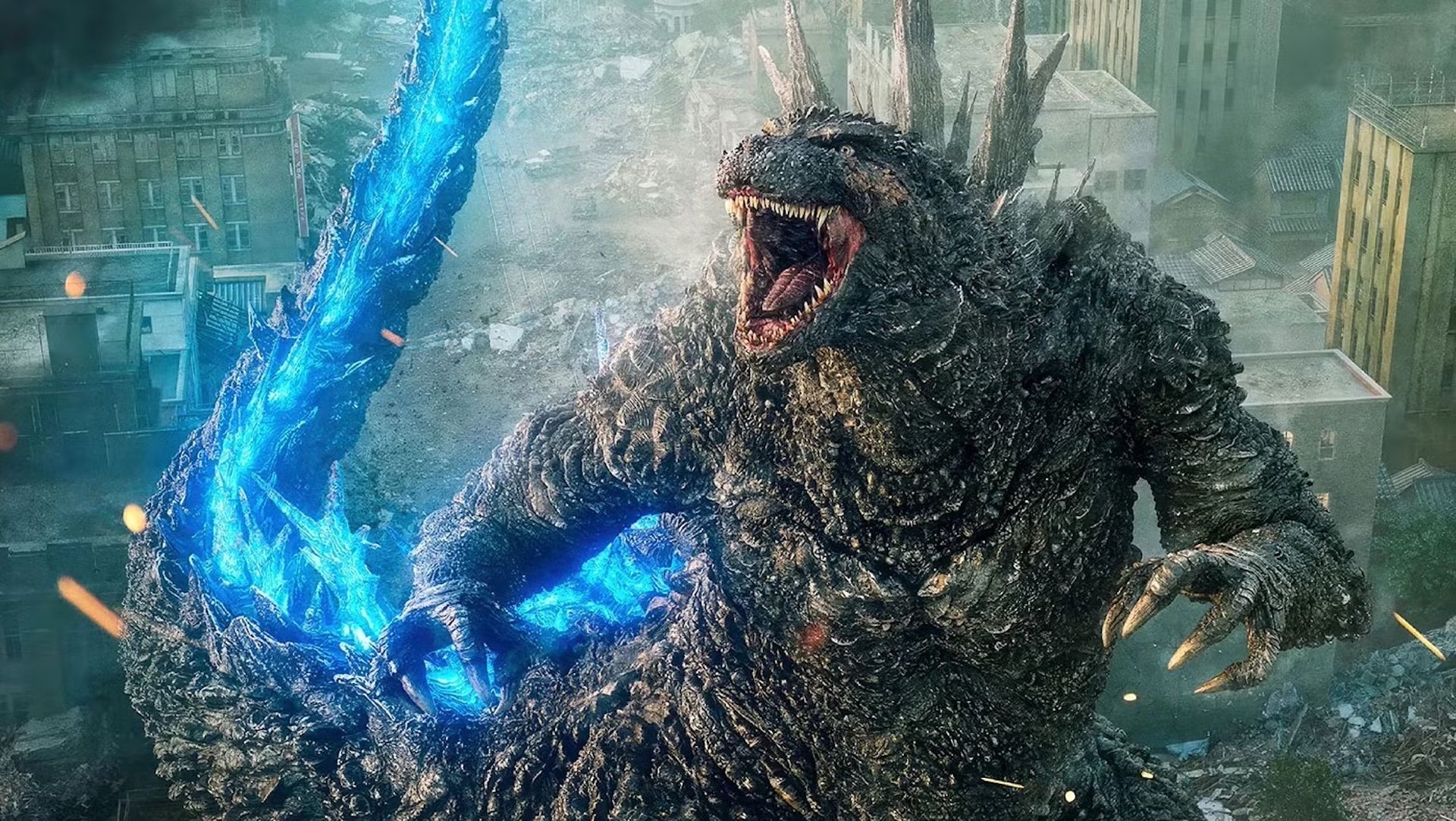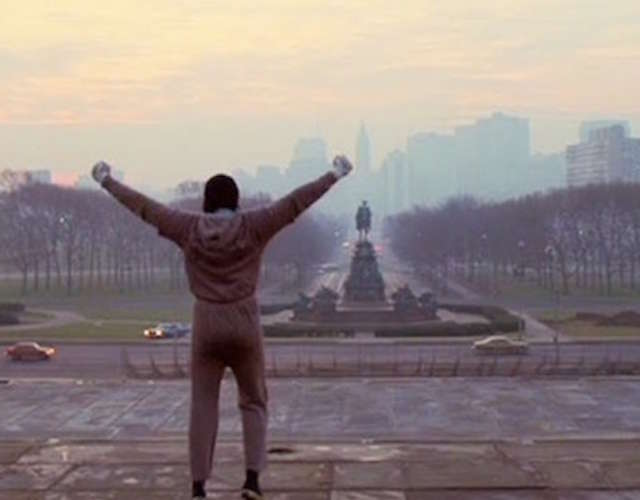3 Must-Ask Questions Before You Write a Sellable Script
April 9, 2024
In my article "Big Story, Small Budget," I wrote about how you should be mindful of production costs when deciding what to write because it’s a major factor in why scripts get bought and produced. Generally speaking, the more cost-effective the project, the more desirable it’ll be to producers and studios.
But whether your script requires a big budget or a small budget, the more budgetary awareness you display in your writing, the more serious industry professionals will take you. Production costs should always be considered when thinking about the logistics of your project, including the shooting locations, the number of actors required, and the amount of stunts, or special effects.
I break down these different logistical components below and advise how to best navigate them…
What Are the Shooting Locations?
The fewer shooting locations required for a film, the more cost-effective it will be. In addition, limited locations also mean less travel and time spent on the principal photography, which makes scheduling with actors and crew much easier.
Never underestimate the real-world factors in why certain scripts get produced while others don’t. I had an A-list director once read a script of mine that he loved, but he said it was a problem logistically due to its numerous locations. As a result, he passed on the project (and it’s still in “development limbo”).
One of the most consistent trends of the past twenty years is contained in thrillers selling and getting produced. If your script has both a high concept and a single location, it’ll be that much more desirable to industry professionals. After the COVID pandemic, this trend only strengthened, and it has become the model for many independent productions: the fewer locations, the better.
Likewise, when I interviewed actor-director Dolph Lundgren about his contained action-thriller Castle Falls, he revealed that the limited locations in the script were a major selling point to him.
So when you’re choosing a setting for your script, always be mindful of real-world factors and ask yourself: how many locations do I need to tell this story?

How Many Actors Are Needed?
A common mistake many aspiring screenwriters make is having too many characters in their script. This might be due to watching big-budget studio films populated with numerous characters.
However, in most of these cases, these are tentpole films that are based on an established intellectual property (IP). As a result, producers and studios are willing to spend more money on them, and talent agencies are looking to put their actor clients into tentpole films to help increase both their pay and their visibility.
Most likely, your spec script won’t be based on an established property and will be an original concept. Because of this, it’ll be an unproven commodity, and producers and studios won’t be as willing to spend money on producing it. This is why—as with locations—it’s best to have as few characters in your script as possible. Fewer characters equals fewer actors to pay and schedule around.
Not only will this make your script more desirable from a budgetary and logistical standpoint, but it’s also likely to lead to stronger characters. With more focus given to your primary characters and less to an endless parade of supporting characters, you’ll have more opportunities for character development. The more readers connect with your primary characters, the greater their emotional investment will be.
It also offers more screen time to the actors you’ll want in your main roles and increases the marketability of your script (many films are produced because of a bankable actor’s attachment).
So when creating your characters, ask yourself: how many do I need to tell this story?

How Many Stunts and Visual Effects Are Required?
This logistic is dependent on the genre your script falls under. If you’re writing a character-driven drama or a romantic comedy, you won’t have much need for stunts or special effects. However, there’s a good chance you’re writing an action/adventure, thriller/horror, or sci-fi/fantasy script (all very popular genres in the screenwriting marketplace) and these film genres are likely to require moderate or considerable stunts and special effects.
In addition to making industry professionals excited about your project, your script should make them think it’s a realistic project. Lundgren told me his film Castle Falls had budgetary restrictions, and, as such, he knew he had to put the majority of the action in the third act.
This is a technique you’ll see in a lot of thrillers and action films. The first half develops the characters, establishes the situation, and, most importantly, builds the suspense. This is one of the main reasons survival thrillers are so popular in today’s screenwriting marketplace. They often require limited locations and cast, and the engine of the story is more fueled by suspense than spectacle.
However, at the same time, if you have an idea for a high-concept thriller/horror or sci-fi/fantasy that requires a lot of stunts or special effects, you shouldn’t be discouraged.
CGI effects are becoming more advanced and affordable and a talented director and film crew can do a lot these days on a small budget. Just look at Godzilla Minus One which had tentpole level special effects but was made on an extremely modest 10 to 12 million dollar budget.
You shouldn’t feel constricted when writing. If you can tell an engaging and suspenseful story with limited stunts and special effects: great. If not: tell it anyway.
However, be aware that the more stunts and effects required, the higher the concept needs to be. Producers, studios, and financiers might be willing to invest in an ambitious script, but only if they think the concept is highly marketable.

Navigating Screenwriting Logistics
What if you already started writing your script and you’re not sure about the logistics: how many locations, actors, and effects would be required if your script was produced?
Final Draft’s Navigator tool gives you the ability to view your script on a macro level. One great feature of the Navigator is it allows you to collect specific script elements in one convenient location. The Navigator 2.0 (available with Final Draft 13) is the latest and most customizable version yet: allowing you to use the Navigator to collect and view any script element you want.
If you want to see how many locations and characters are in your script, open the Navigator, go to Tools > Show Navigator, or click the Navigator button on your Toolbar.
The Navigator 2.0 opens to the Scenes tab by default, but you can easily create new tabs. To the right of the Script tab click on the Add Tab button (+) and select “Character.” A new tab will be created listing all of the characters in your script. Simply count the listed characters, and you’ll know how many actors will be required (a cursory glance should tell you if you have too many or not).
If you want to see all of your locations, create a customizable new script tab by clicking the Add Tab button (+) and this time selecting “Script.” Several categories will appear on the right of the screen: check “Location,” and uncheck all of the other categories and you’ll see filtered columns with all of your scene headings (a.k.a. “‘slug lines”). Scroll down the columns, and you’ll see how many locations will be required.
For easy referencing, rename this tab “Locations” (by merely highlighting the word “Script” and typing “Locations” in its place).
You can even use the Navigator to view how many stunts or special effects are required if you tagged these instances in the script beforehand. Go to the Production menu and check Tag Mode. Once you’re in Tag Mode, you can highlight a specific section (e.g., a character, object, or even an entire set piece), opening the Tagging Menu. Within the menu, you can assign a category to the highlighted section (e.g., Stunts, Special Effects), and you can either Tag this one section or click Tag All if it’s a repeated stunt or effect.
After tagging all of your stunts and/or effects, you can then open Navigator and create a Tag tab by clicking the Add Tab button (+) and selecting “Script.” This opens the tab categories on the right: check “Tag Categories” and the Navigator will filter all of your specific tag categories for viewing.
If you tagged a specific effect (e.g., a fantastic creature or ghost), you’ll be able to see how many times this effect appears on screen: if it’s frequent, a budgetary-minded reader might think your script reads “expensive.” Maybe instead of using the effect throughout your script, you tease it out and save it for the climax.
With tools like the Navigator and being mindful of screenwriting logistics, you’ll be more likely to write a script that’s cost-effective and most importantly: sellable!
Written by: Edwin Cannistraci
Edwin Cannistraci is a professional screenwriter. His comedy specs PIERRE PIERRE and O’GUNN both sold with more than one A-list actor and director attached. In addition, he’s successfully pitched feature scripts, TV pilots and has landed various assignment jobs for Universal, Warner Bros, Paramount and Disney.



